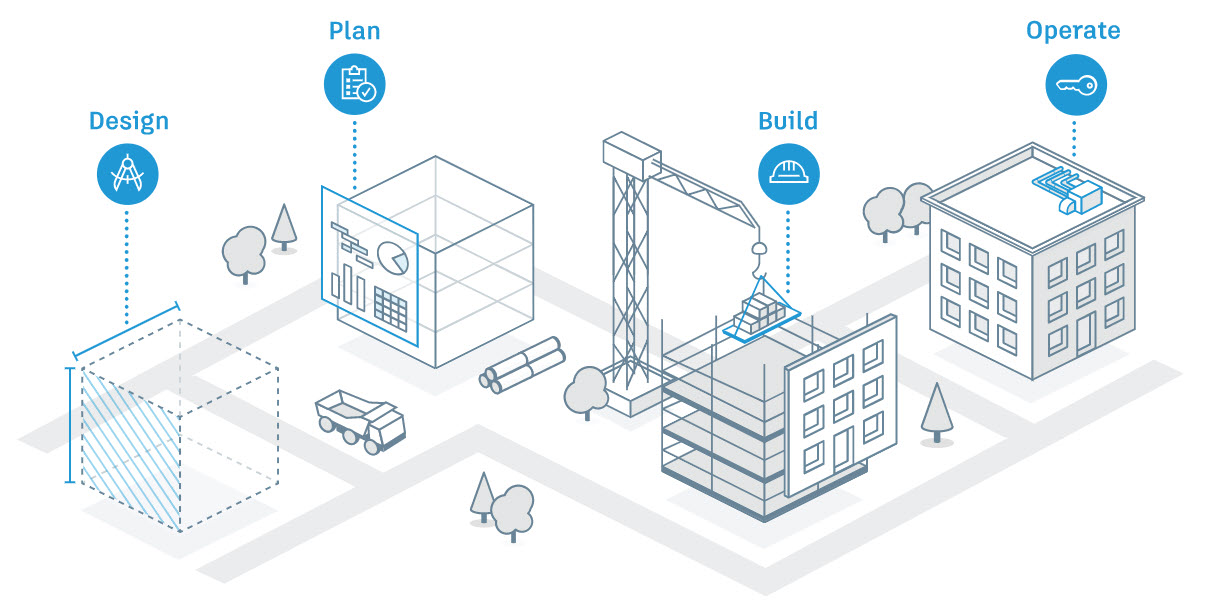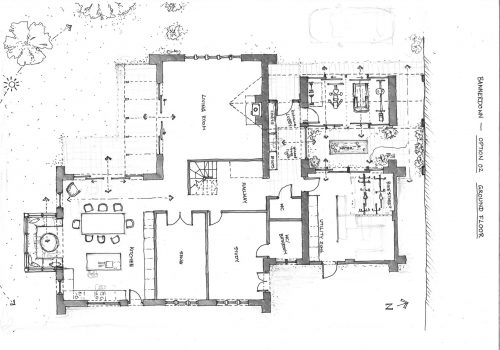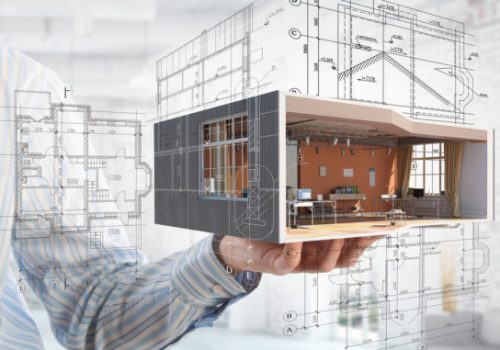In the intricate world of architectural design, the synergy of diverse talents is the cornerstone of innovation. As architects, designers, engineers, and stakeholders converge to shape visionary structures, the need for seamless collaboration becomes imperative. Collaborative CAD workflows emerge as the bridge that connects creativity, precision, and effective teamwork. This exploration delves into the strategies and tools that empower architecture teams to harness the power of collaboration within the realm of CAD software.
The Collaborative Imperative
Beyond Individual Genius
Collaborative CAD workflows shift the focus from individual brilliance to collective genius. By bringing together various perspectives, architectural projects gain depth and innovation.
Breaking Silos
Traditional roles and departments often operate in silos, limiting communication. Collaborative CAD workflows break these barriers, ensuring holistic project development.

Strategies for Seamless Collaboration
Defining Clear Roles and Responsibilities
In collaborative CAD workflows, clarity is crucial. Defining roles and responsibilities ensures that team members understand their contributions and maintain accountability.
Real-Time Collaboration
Modern CAD software supports real-time collaboration, allowing multiple team members to work on a design simultaneously. This minimizes delays and enhances efficiency.
Tools Empowering Collaboration
Cloud-Based Platforms
Cloud-based CAD platforms facilitate access to design files from anywhere, enabling architects, engineers, and stakeholders to collaborate seamlessly regardless of location.
Version Control and Track Changes
Effective collaboration requires accurate version control and the ability to track changes. CAD tools with these features ensure that everyone is working on the latest iteration.
Communication and Feedback
Integrated Communication Tools
Collaborative CAD workflows integrate communication tools, such as instant messaging and comment features, directly into the software, fostering swift and clear exchanges.
Visual Feedback and Annotation
Visual feedback tools allow team members to annotate directly on design elements, making communication concise and reducing the risk of misunderstandings.
Challenges and Solutions
Data Security and Privacy
Collaborative CAD workflows raise concerns about data security. Encrypted communication and secure cloud storage solutions address these issues.
Managing Conflicts and Changes
Collaboration can lead to conflicts and design changes. Clearly defined change management processes ensure that alterations are assessed and integrated effectively.
FAQs: Collaborative CAD Workflows for Architecture Teams
In Conclusion
Collaborative CAD workflows represent a paradigm shift in architectural design, transforming it into a cohesive journey where every member’s expertise contributes to the final masterpiece. Through a combination of well-defined strategies and cutting-edge tools, architecture teams can transcend the limitations of distance, roles, and traditional workflows. As architects, designers, engineers, and stakeholders converge within the digital realm of CAD software, the result is not just a design but an orchestra of innovation. Collaborative CAD workflows don’t just improve efficiency; they elevate the very essence of architectural creation, embodying the unity that defines architecture’s grandeur.






